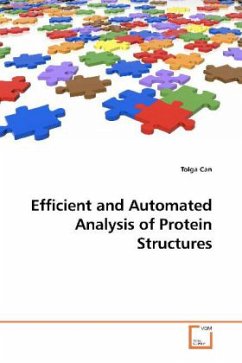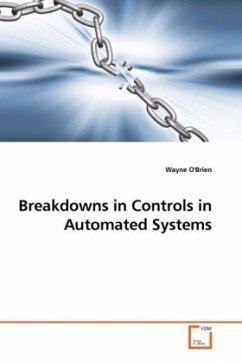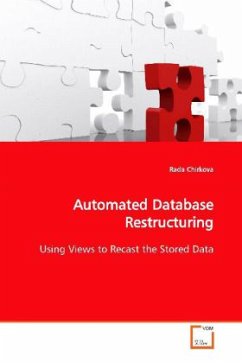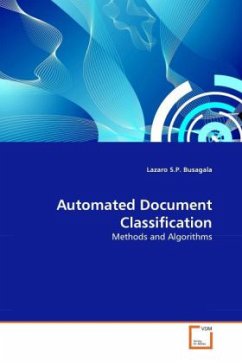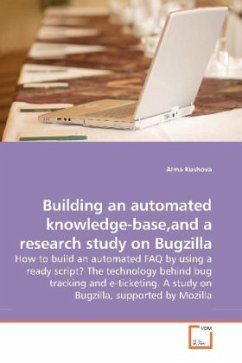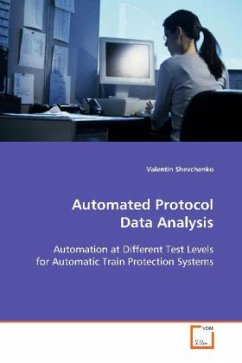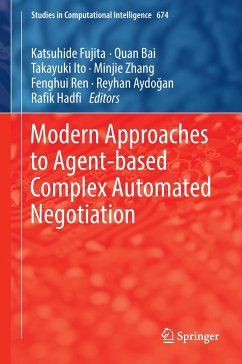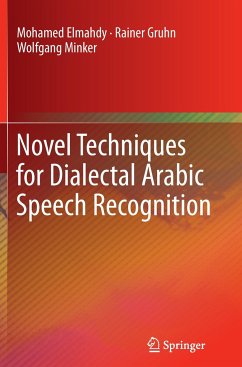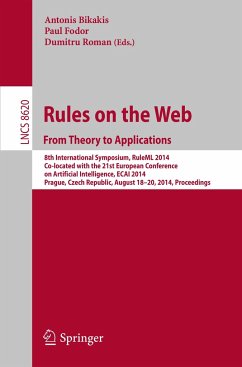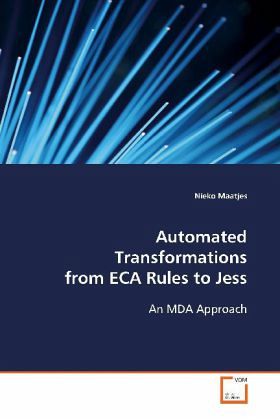
Automated Transformations from ECA Rules to Jess
An MDA Approach
Versandkostenfrei!
Versandfertig in 6-10 Tagen
32,99 €
inkl. MwSt.

PAYBACK Punkte
16 °P sammeln!
Context-awareness refers to the idea that portabledevices can keep track of their context, of theuser''s surroundings, in order to supply the user withrelevant services. The Event-Control-Action (ECA)architectural pattern can be used to give structureto context-aware applications by specifying a way forthem to process their data and act upon it by meansof simple if-then-constructs. These constructs, orrules, can be specified using the ECA DomainspecificLanguage (ECA-DL). Currently, there exists nointerpreter for this language. The Java Expert SystemShell (Jess) is a rule engine for Java. A rul...
Context-awareness refers to the idea that portable
devices can keep track of their context, of the
user''s surroundings, in order to supply the user with
relevant services. The Event-Control-Action (ECA)
architectural pattern can be used to give structure
to context-aware applications by specifying a way for
them to process their data and act upon it by means
of simple if-then-constructs. These constructs, or
rules, can be specified using the ECA Domainspecific
Language (ECA-DL). Currently, there exists no
interpreter for this language. The Java Expert System
Shell (Jess) is a rule engine for Java. A rule engine
is a program that tries to match rules against
information and then triggers one or more actions.
This rule engine supports the Jess language. This
book presents how the Model-Driven Architecture (MDA)
approach can be used to develop a mapping between
ECA-DL and the Jess language, and how to set up an
automated transformation from ECA-DL rules to Jess
rules, using this mapping. This automated
transformation enables context-aware applications to
use ECA-DL rules in an already existing interpreter,
i.e., the Jess engine.
devices can keep track of their context, of the
user''s surroundings, in order to supply the user with
relevant services. The Event-Control-Action (ECA)
architectural pattern can be used to give structure
to context-aware applications by specifying a way for
them to process their data and act upon it by means
of simple if-then-constructs. These constructs, or
rules, can be specified using the ECA Domainspecific
Language (ECA-DL). Currently, there exists no
interpreter for this language. The Java Expert System
Shell (Jess) is a rule engine for Java. A rule engine
is a program that tries to match rules against
information and then triggers one or more actions.
This rule engine supports the Jess language. This
book presents how the Model-Driven Architecture (MDA)
approach can be used to develop a mapping between
ECA-DL and the Jess language, and how to set up an
automated transformation from ECA-DL rules to Jess
rules, using this mapping. This automated
transformation enables context-aware applications to
use ECA-DL rules in an already existing interpreter,
i.e., the Jess engine.



